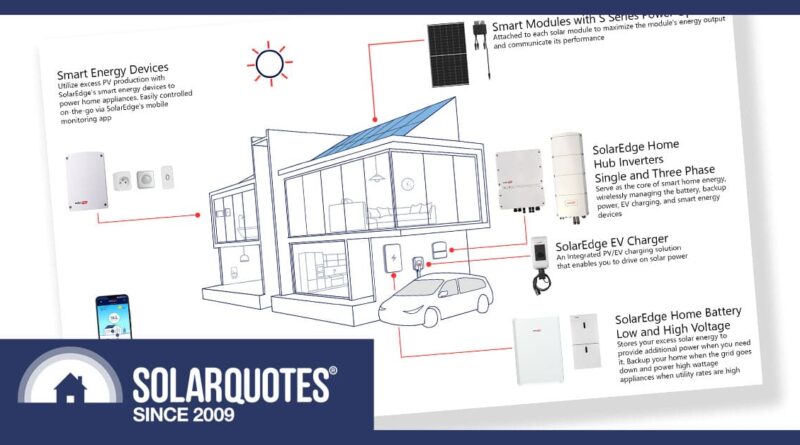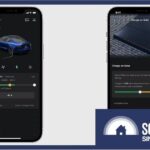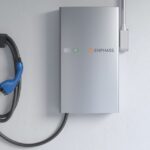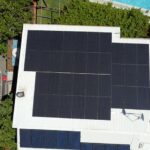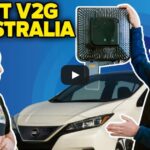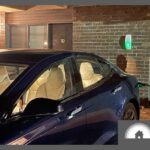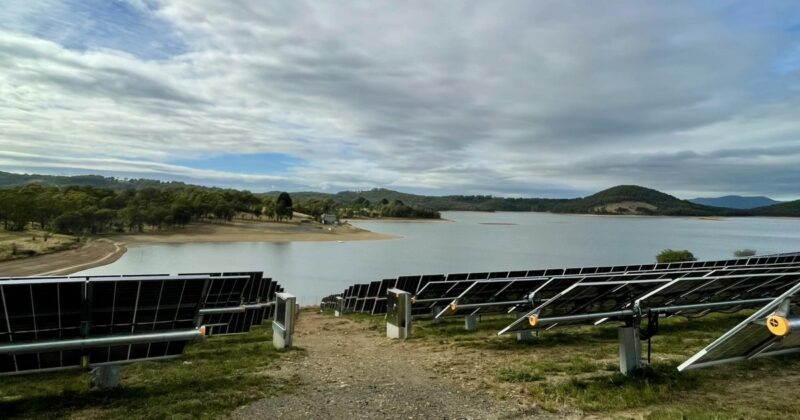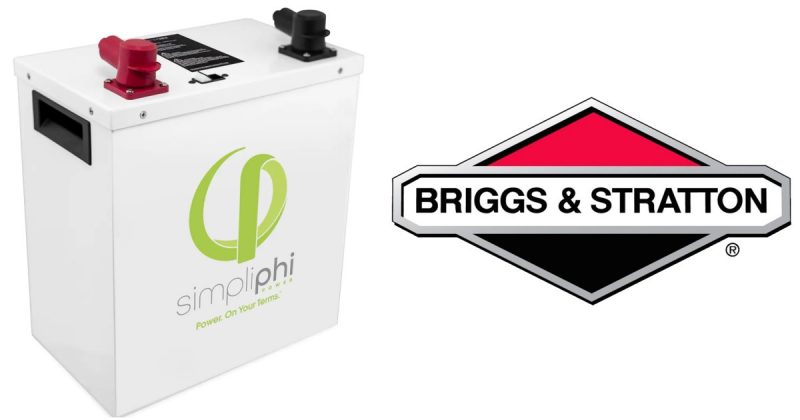Inverter, Battery, EV Charger: Why Sticking To One Brand Makes Sense
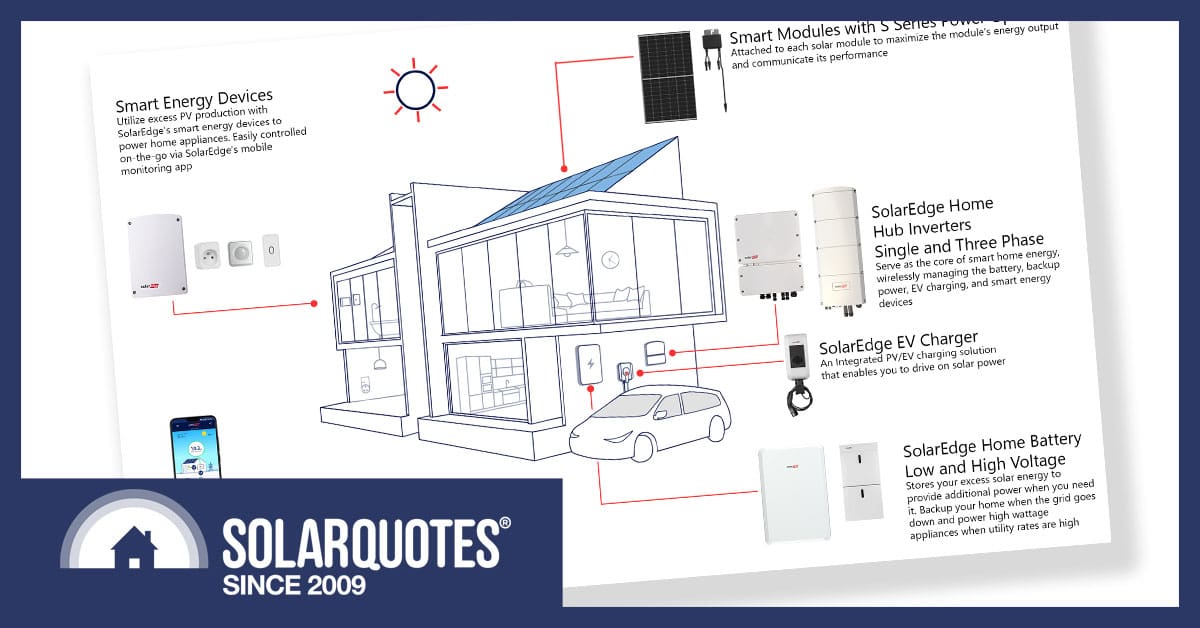
SolarEdge have one of the most complete solar ecosystems available in Australia.
As more homes become all-electric, you must consider how your solar, battery, and EV charger will work together.
This is especially true for EV chargers, one of the most power-hungry appliances.
Why Does Everything Need To Work Together?
Because smart use of your appliances means maximum savings.
For example, if Finn sets his Tesla Model 3 to charge for six hours at a special EV off-peak rate of 8c/kWh, it will cost him $5.
If he charged it as soon as he arrived home and plugged it in, evening peak rates of 50c/kWh would mean six hours of charging would cost him $33.
As electricity prices become more dynamic, there will be more opportunities to charge your home battery and EV from cheap grid electricity—or at least to avoid expensive peak pricing.
Take Finn’s house: a mishmash of Enphase and Solarbridge microinverters, a Tesla Powerwall 2 battery and a Delta AC Max EV charger all work together – but they’d be easier to manage, monitor and control if they were all from the same brand.
Why Go With An Ecosystem?
There are four core benefits to buying your solar, battery and EV charger from one brand:
1) Co-operation
You don’t want your small (by EV standards) home battery flattened by your EV.
Take Tesla: The Powerwall 2 battery holds 13.5kWh, and the standard-range Model 3 car has a 57.5kWh battery.
Discharging the entire battery into the car would only fill it up by 24%. On the other hand, 13.5 kWh could easily cover 100% of the typical Aussie home’s overnight energy use.
Thankfully, if you don’t have an ecosystem able to avoid this at the software level, there’s a relatively simple wiring change your installer can do so your home battery’s energy can never go into your car’s battery. But a software solution is easier and more flexible.
2) Simple Visibility
You don’t want to fumble with four separate apps to understand what’s happening in your home. It’s cleaner to have it all in one and easier to manage.
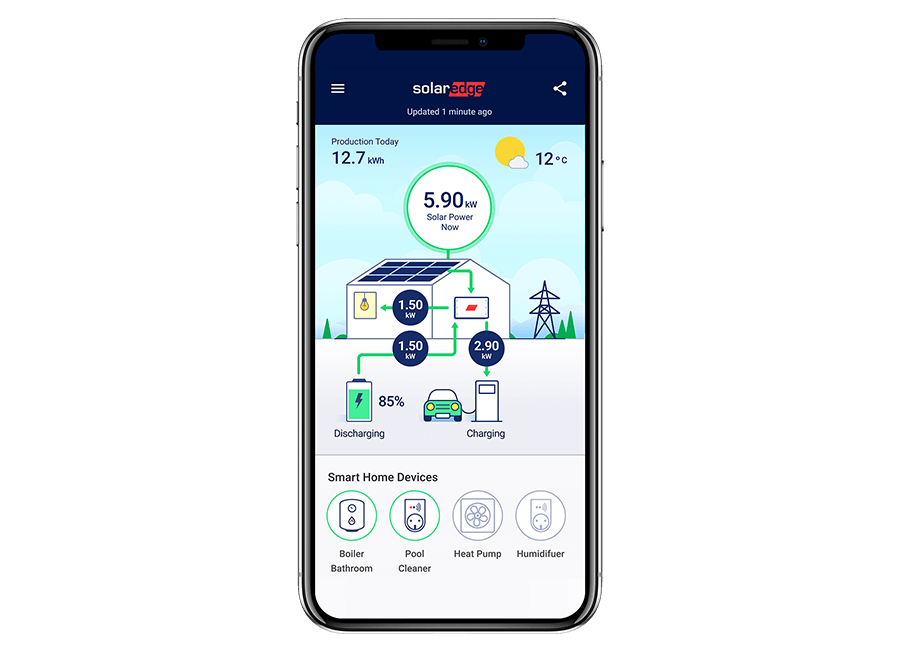
SolarEdge’s “mySolarEdge” app displays solar, battery, and EV charger performance under one roof. Note how the battery goes into the house load instead of the EV!
3) Make life easier for your installer
If your devices are part of one ecosystem, they can share one CT in your meterbox. The more outside brands you add to the mix, the more CTs you need to pack in. If you have a 3-phase home and a different brand of monitoring, EV charging and home battery, you may need to squeeze 9 CTs into your switchboard.

A Current Transformer (CT).
If another electrician needs to work on your switchboard – staying in an ecosystem means there are fewer CTs they can accidentally mess with and send your monitoring and control haywire.
4) All warranties under one roof
Getting warranty support can be a baffling ordeal if you have a salad of different brands installed in your home and something breaks.
It’s your installer’s job to resolve any product faults under warranty. But if the inverter manufacturer blames the EV charger manufacturer, the time it takes to fix the issue will blow out.
When everything’s in one ecosystem, it’s a one-stop shop for warranty, meaning any issues can be fixed immediately.
Ecosystems Might Come With A Price Premium
One argument against buying into an ecosystem comes from the more budget-conscious.
If brand X’s EV charger costs $1800 and brand Y’s has the same feature set for $1000, it can be tempting to choose the cheaper option.
Ask yourself: Is straying from an ecosystem’s warranty protection and ease of use worth the $800 over a system’s lifetime?
Fronius
Battle-tested and ever-popular Fronius has its new series of Gen24 inverters, designed to pair with BYD HVS and HVM batteries.
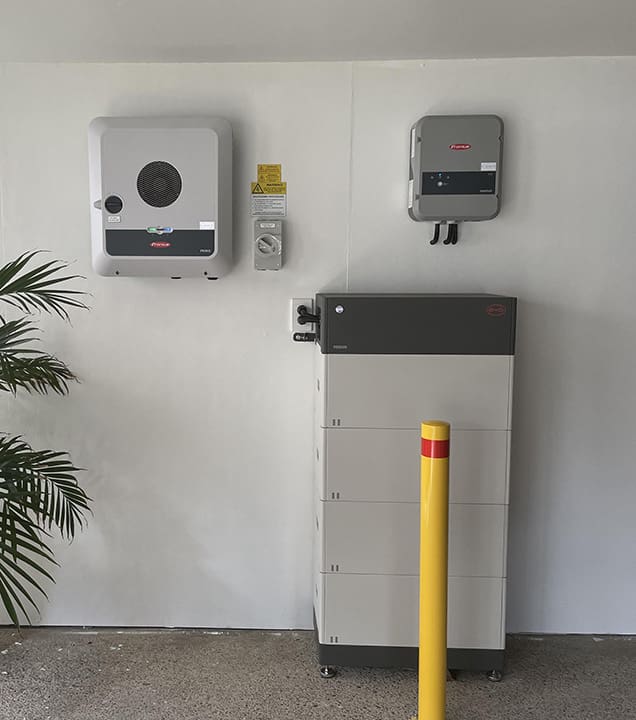
Gen24 and BYD install, done by client DJM Electrical
The Fronius Wattpilot EV charger completes the ecosystem, with the Wattpilot Go offering unique portability.
SolarEdge
Our cover image shows SolarEdge’s “Energy Hub” single-phase hybrid inverters, 10kWh Home Battery, and EV charger.
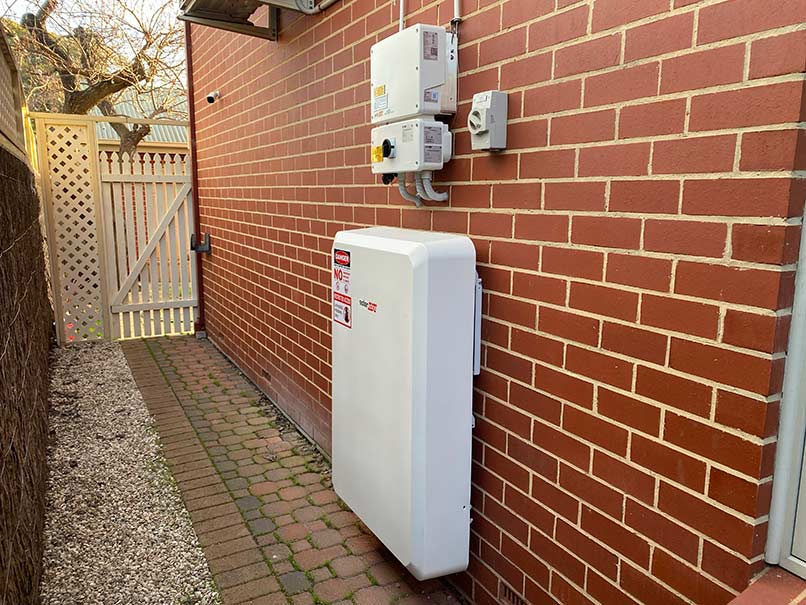
A SolarEdge 10 kWh home battery and Energy Hub inverter.
Besides Fronius & GoodWe, SolarEdge has a complete solution available off the shelf. Priorities are readily customised, so you can choose where your solar is going. However, if you have special storage profiles (e.g., cheap time-of-use retail deals), they can’t be easily controlled via the app. You’ll need to ring your installer to tweak settings if you want to take advantage of “happy hour” charging from the grid. This will hopefully be handed over to the end customer as firmware is developed.
Tesla
Tesla has its Powerwall 2 battery and Tesla Wall Connector EV charger.
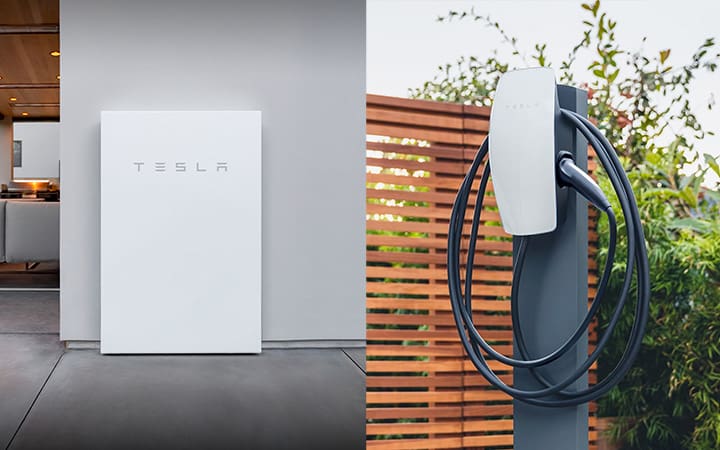
The excellent Powerwall 2, and adequate Wall Connector
By year’s end, it will launch its Powerwall 3 battery, an all-in-one unit containing a solar inverter.
The Tesla wall connector is a dumb device; however, if you have a matching Tesla vehicle, the car controls the smart charging. Charging other EVs with a Tesla charger is often made smart using third-party software such as chargeHQ with its associated monthly subscription.
OCPP-Compatible EV Chargers Are A Must
An OCPP-compatible EV charger means third-party apps like Charge HQ, or signals from your DNSP or electricity retailer can control it, making your EV charging smarter.
OCPP provides additional features your charger may not offer even if you’re in an ecosystem.
For example, if you’re with Amber Electric, Charge HQ can automatically turn your charger on or off based on real-time electricity prices.
Charge HQ also knows your home battery’s status and state of charge (SoC) and can set SoC-based priorities, e.g., “Charge my home battery to 80% first, then charge the EV.”
Dumb Charging Is Already Dead
To help manage grid stability and efficient use of infrastructure, electricity providers are incentivising intelligent use of energy. They offer a carrot in the form of special EV charging tariffs.
Governments are using the stick approach, mandating OCPP-compatible chargers before you can have permission to connect to the grid.
In fact, in Queensland, dynamic control of EV charging is already a must-have if you don’t want to be stuck with slower charging or an off-peak tariff.
In SA, it’s now compulsory for new EV chargers to be compatible with third-party control.
OCPP compatibility will likely soon be de facto mandatory everywhere, so save yourself the trouble and buy an OCPP-enabled charger.
Our EV charger comparison table lists whether or not chargers are OCPP compatible.
Stay In An Ecosystem To Avoid Headaches Down The Road
If you’re buying solar, batteries, and an EV charger in one hit, I advise buying into an ecosystem.
If you have solar and want to add batteries or an EV charger – staying in an ecosystem is harder, but still doable.
The temptation to save money by mixing and matching parts should be far outweighed by the convenience of keeping everything under one roof – especially warranties.
Next, I’ll take a deeper dive into the products available from each brand.
Original Source: https://www.solarquotes.com.au/blog/solar-ecosystems-one-brand/

